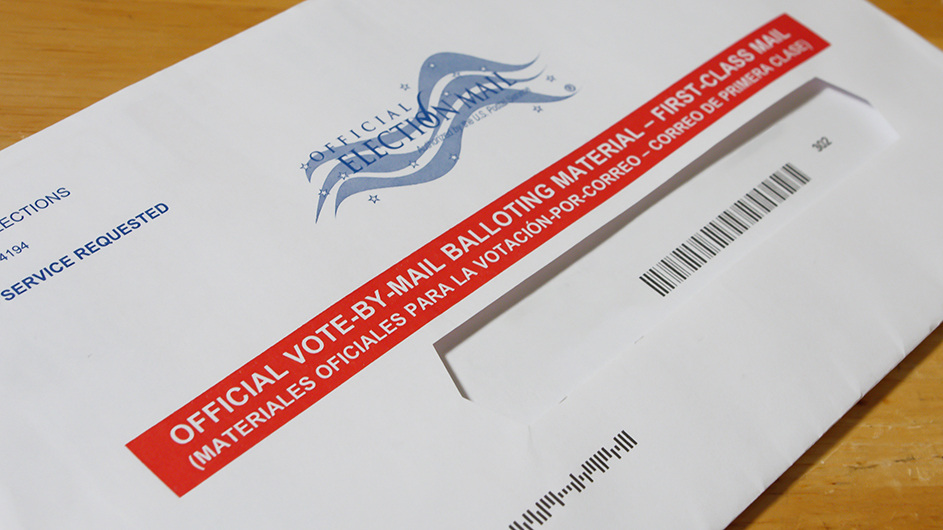As a senior here at Saint Joe, I became a legal adult this year, so I can vote in this year’s presidential election and such. Yay for me, and all the other seniors!
However, I’m going to be in college out of state when the presidential election rolls around in November. Does this mean I won’t be able to vote because I’ll be in Georgia while my voting registration is for Indiana?
Of course not! Even if you’re not physically present, your vote is still very important. That said, I’m going to give you the ultimate guide to Absentee Voting.
Absentee voting, also known as mail-in voting or postal voting, allows eligible voters to cast their ballots without physically going to a polling place on Election Day. This option is especially useful for individuals who are unable to vote in person due to reasons such as being out of town, illness, disability, military service, or in my case, attending college out of state.
Here’s a step-by-step guide on how to do it!
1. Check Eligibility: Ensure that you are eligible for absentee voting in your state. Eligibility requirements may vary, but generally, you must be a registered voter and have a valid reason for being unable to vote in person.
2. Request an Absentee Ballot: Contact your local election office to request an absentee ballot. You can usually do this online, by mail, email, or in person. Some states may require you to provide a reason for voting absentee, while others offer “no-excuse” absentee voting, allowing any eligible voter to request a mail-in ballot.
3. Receive Your Ballot: Once your request is processed and approved, you’ll receive your absentee ballot in the mail. Be sure to check the deadline for requesting and returning absentee ballots, as it varies by state. Carefully read the instructions provided with your absentee ballot. Follow them precisely to ensure that your vote is counted.
4. Mark Your Ballot: Use a pen with dark ink to mark your choices on the ballot. Follow the instructions for marking your selections, such as filling in bubbles or connecting arrows.
5. Seal Your Ballot: After marking your ballot, fold it as instructed and seal it in the provided envelope. Some states require you to sign the envelope or include additional information, such as your voter ID number or signature of a witness.
6. Return Your Ballot: Once your ballot is sealed, return it to your local election office by the specified deadline. You can usually return it by mail or drop it off in person at designated locations, such as a drop box or your local election office.
7. Track Your Ballot: Some states offer online tracking systems that allow you to monitor the status of your absentee ballot and confirm when it has been received and processed. Follow up if necessary. If you encounter any issues or have questions about your absentee ballot, don’t hesitate to contact your local election office for assistance.
8. Verify Your Vote: After the election, you can often verify that your absentee ballot was counted by checking the election results or contacting your local election office.
It’s important to note that absentee voting procedures may vary by state, so be sure to familiarize yourself with the specific requirements and deadlines in your area. Additionally, it’s recommended to request and return your absentee ballot as early as possible to ensure that it is received and counted in time for the election. By following these steps, you can participate in the democratic process and have your voice heard, even if you can’t make it to the polls in person! Happy voting, Saint Joe!








